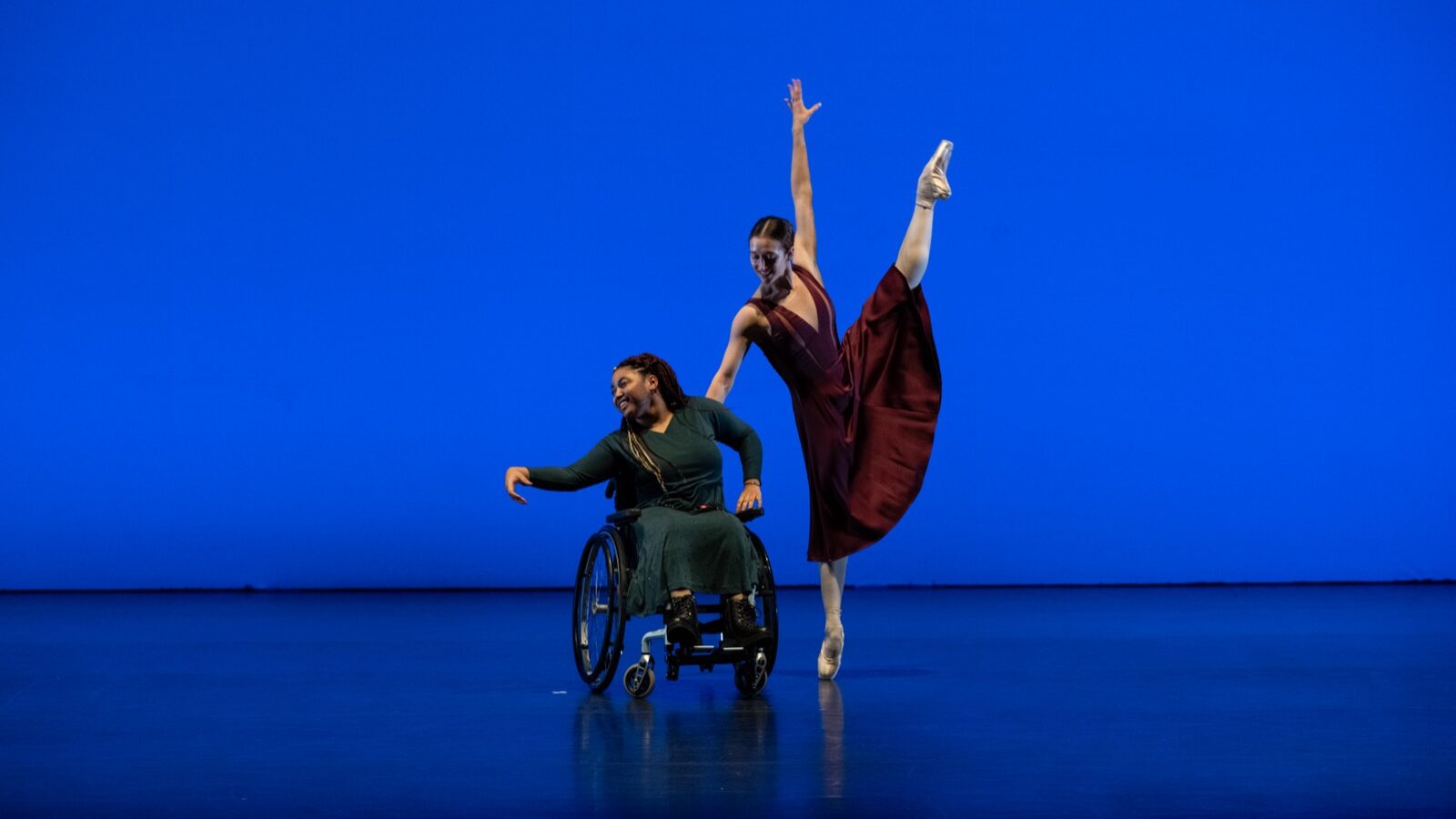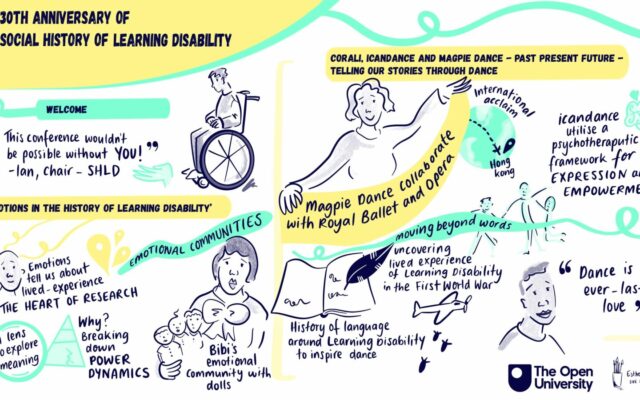From the perfectionist precision of ballet to the synchronised complexities of folk dance to the specific body shapes and sequencing of ballroom and Latin, professional dance is a demanding and exacting sphere.
One of the measures underlying the aims of high-level dance is sameness – the corps de ballet moving or standing in perfect harmony, the seamless mass movement of the folk-dance troupe, the melding of the ballroom partnership into a series of pre-ordained, strictly determined shapings.
So where does this leave those with a different body shape, who may lack a limb, or use a wheelchair, or have a different type of mind, for whom these aspirations of perfection may be difficult, undesirable or even impossible to achieve?
Can the disabled dancer operate within this realm? Is there such a thing as “inclusion” at the high table of professional dance?
We gained some interesting answers and insights into such questions at Empower in Motion, a night billed as “a ballet inclusive” at London’s Sadler’s Wells Theatre.
Sadler’s Wells is a world-leading, high-capacity dance venue, and it was a full house, so that was a good start. The evening was a fundraiser but also an awareness raiser for the Children Today Charitable Trust.
There were acts from the world of both disabled and non-disabled dance including Stopgap, Parable, Propel, icandance, English National Ballet, National Youth Ballet and the Royal Ballet School.
Top of the bill was Joseph Powell-Main, who describes himself as a “freelance dancer on crutches and wheels”.
As a young person, he was a dancer at the Royal Ballet School until complications after surgery and a serious car accident meant he became disabled. After three years, he returned to dance, becoming UK Para Dance UK champion.
On the night, Powell-Main’s world premiere solo performance of Passionately Defiant to the music of the Rolling Stones’ Paint it Black was a jaw-dropping showstopper.
They danced beautifully and movingly because of the fusion they achieved, the power of their movement and their evident connection
At one point, he rose from his wheelchair without his crutches and pirouetted. It was both beautiful and astonishing – the audience seemed to freeze, captured by an unforgettable moment.
There were collaborations, solos, duets and single company performances. For me, the standout combination of icandance’s Denecia Allen and English National Ballet’s Alice Bellini.
As well as being a dancer, Allen uses a wheelchair and has a learning disability. Bellini hails from the higher reaches of the ballet world. Together, they danced beautifully and very movingly because of the fusion they achieved together, the power of their movement and the evident connection between them.
Allen wore an adaptive dance costume specially created for the performance by award-winning disabled designer Victoria Jenkins. It was gorgeous enough to add to the feeling of a spell-binding, deeply original moment.
Rising stars
It was a fine night that showcased three things: the talents of a fine array of young disabled dancers; the talents of some superb rising stars from the world of ballet; and what happens when you bring all that exceptional talent together across the disabled/non-disabled divide.
The great pioneer of inclusive dance Peter Brinson wrote about the power of modern dance to emphasise the expressive power of the body, and to use the floor, the ground, rather than the elevation and lightness of ballet, with its constant search for the air. At Sadler’s Wells, we saw these two forms come together.
And there was the perfection, this coming together of different body types to create beautiful dance. You don’t lose perfection if you open up dance to all – you find it.
Feature: Dressed to thrill





